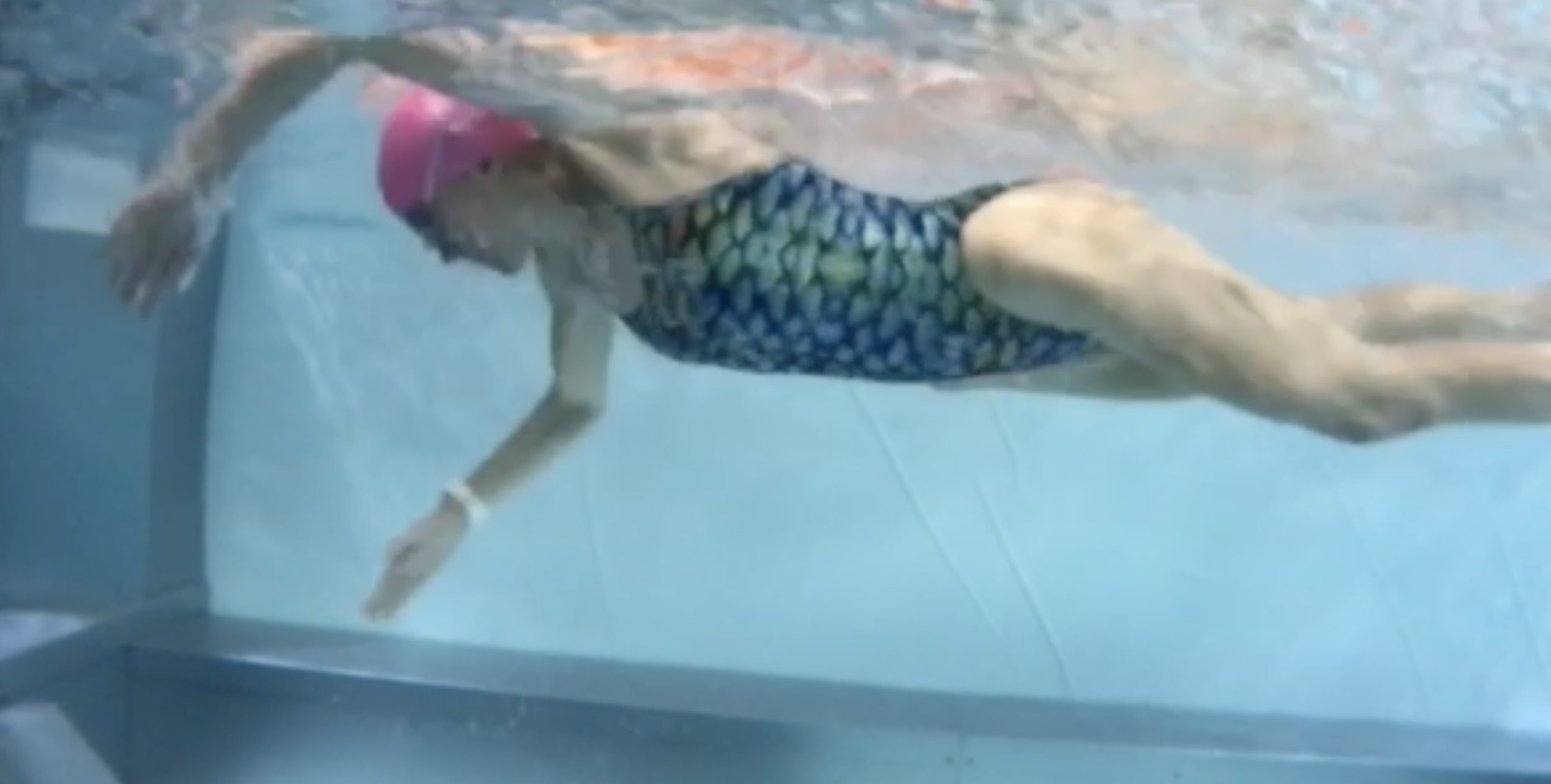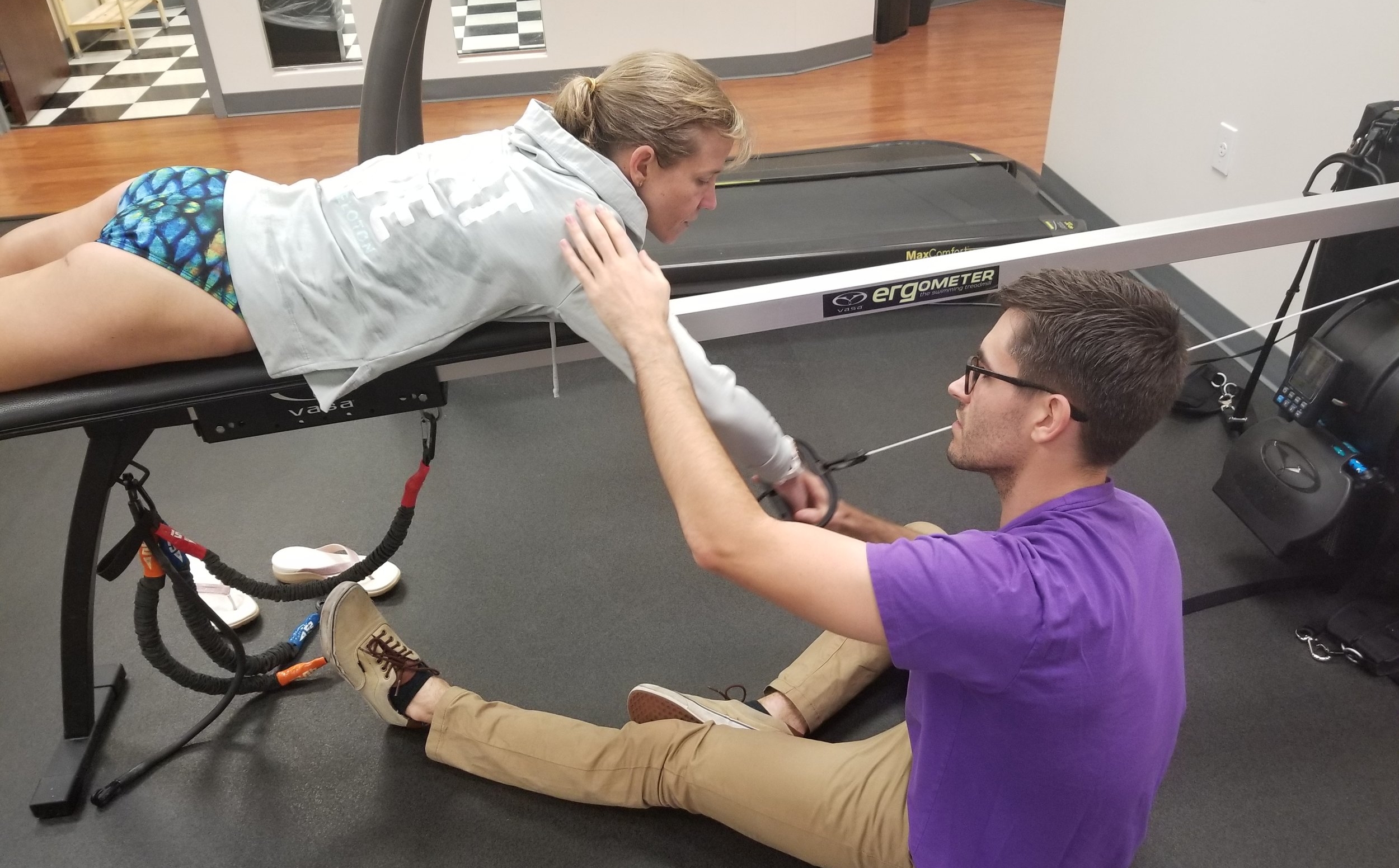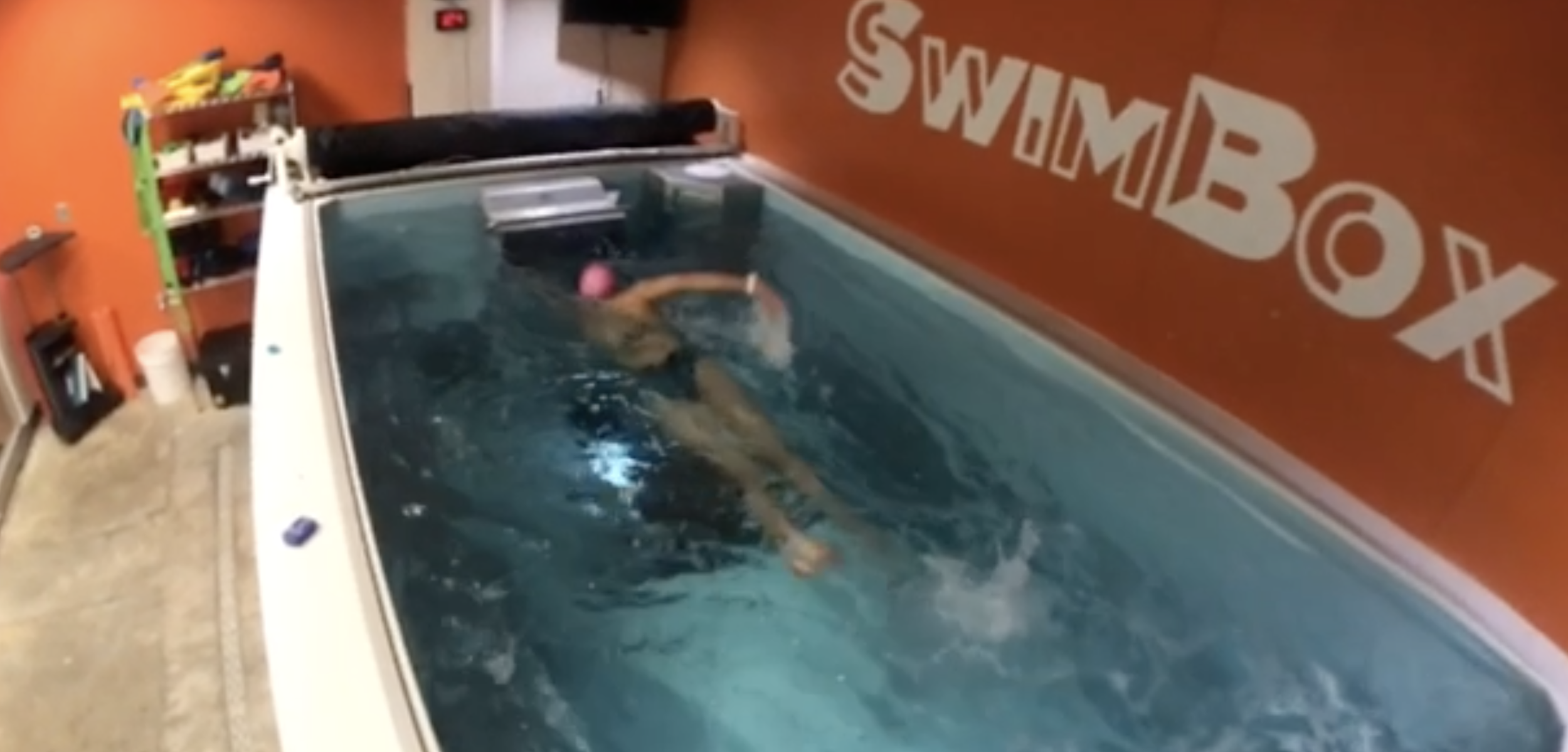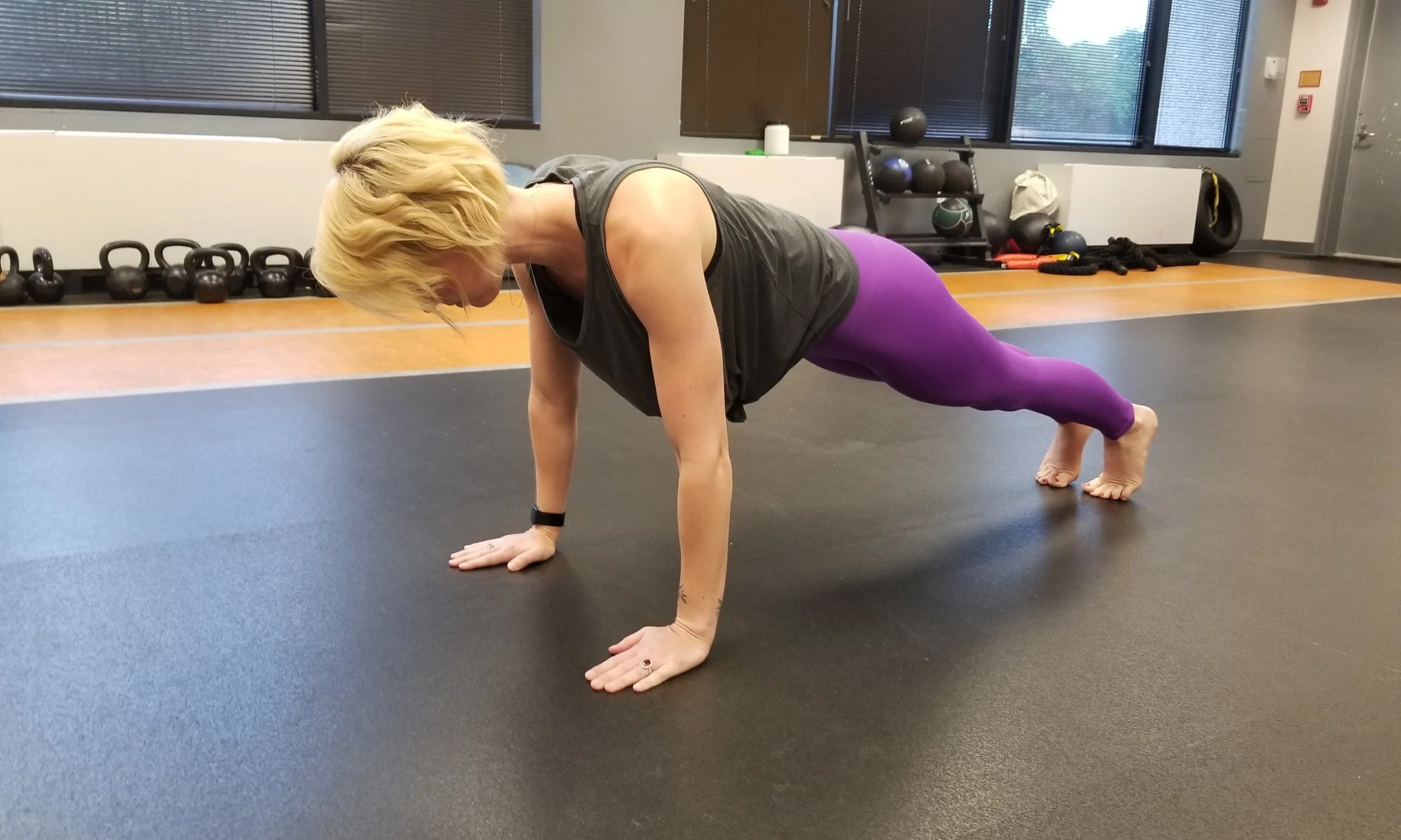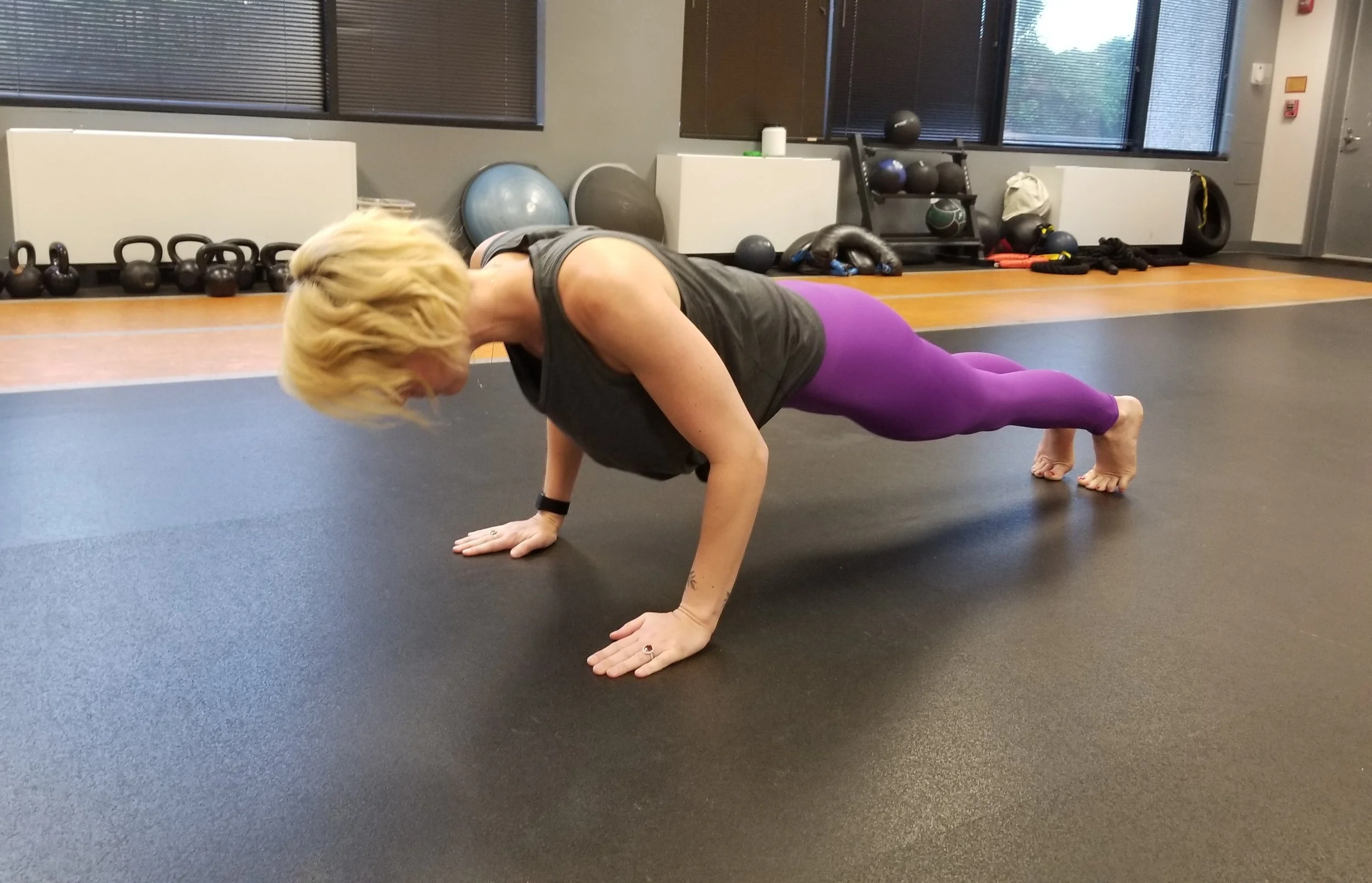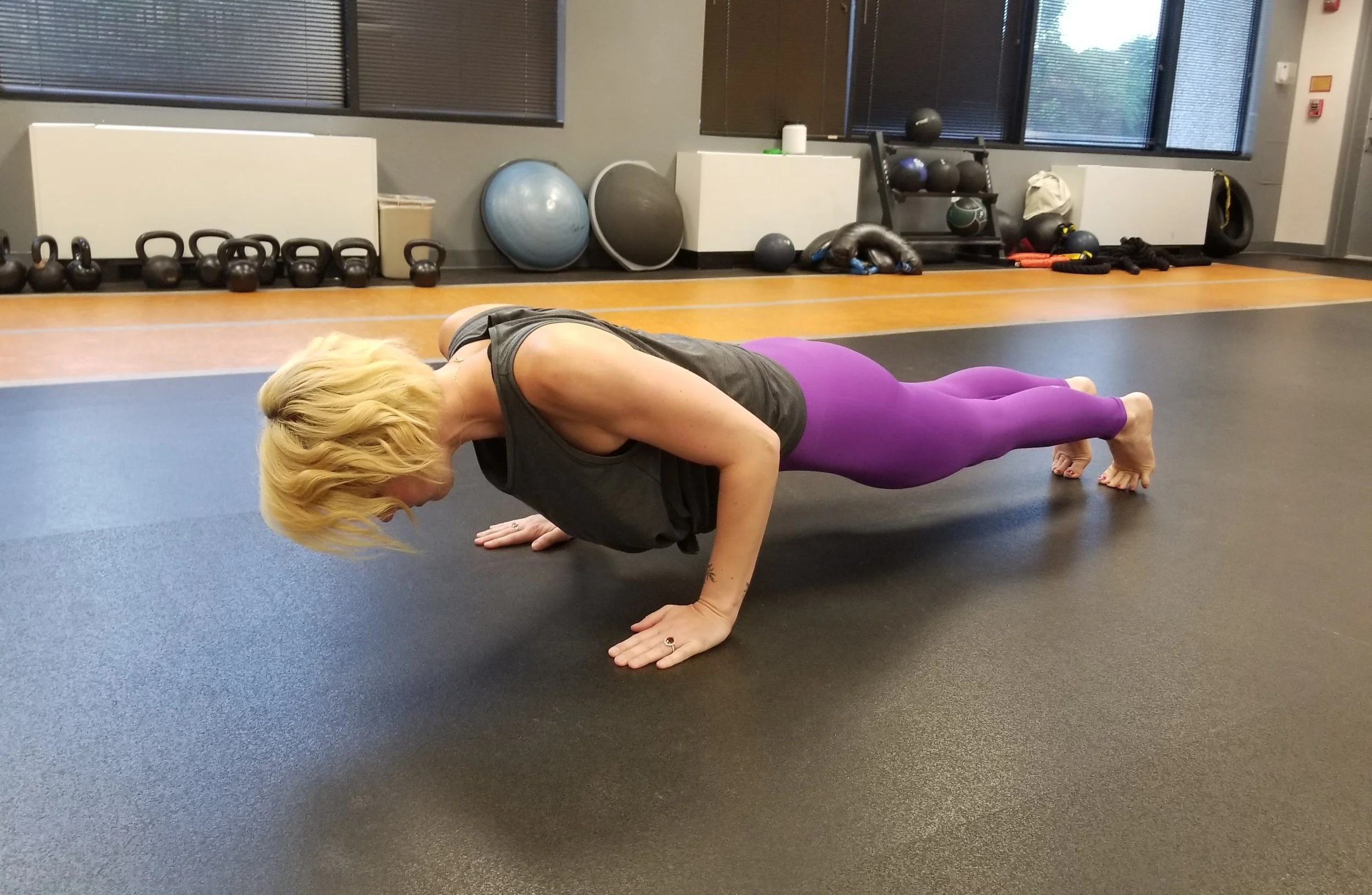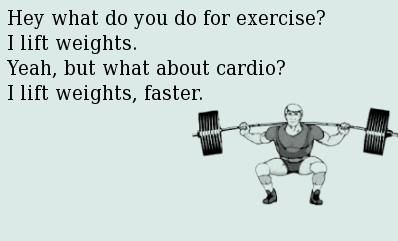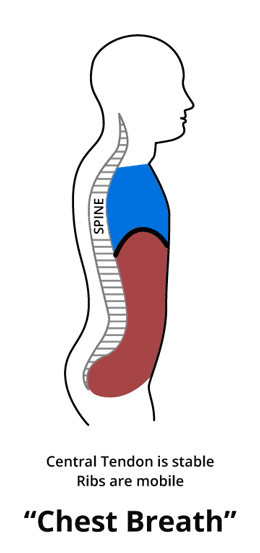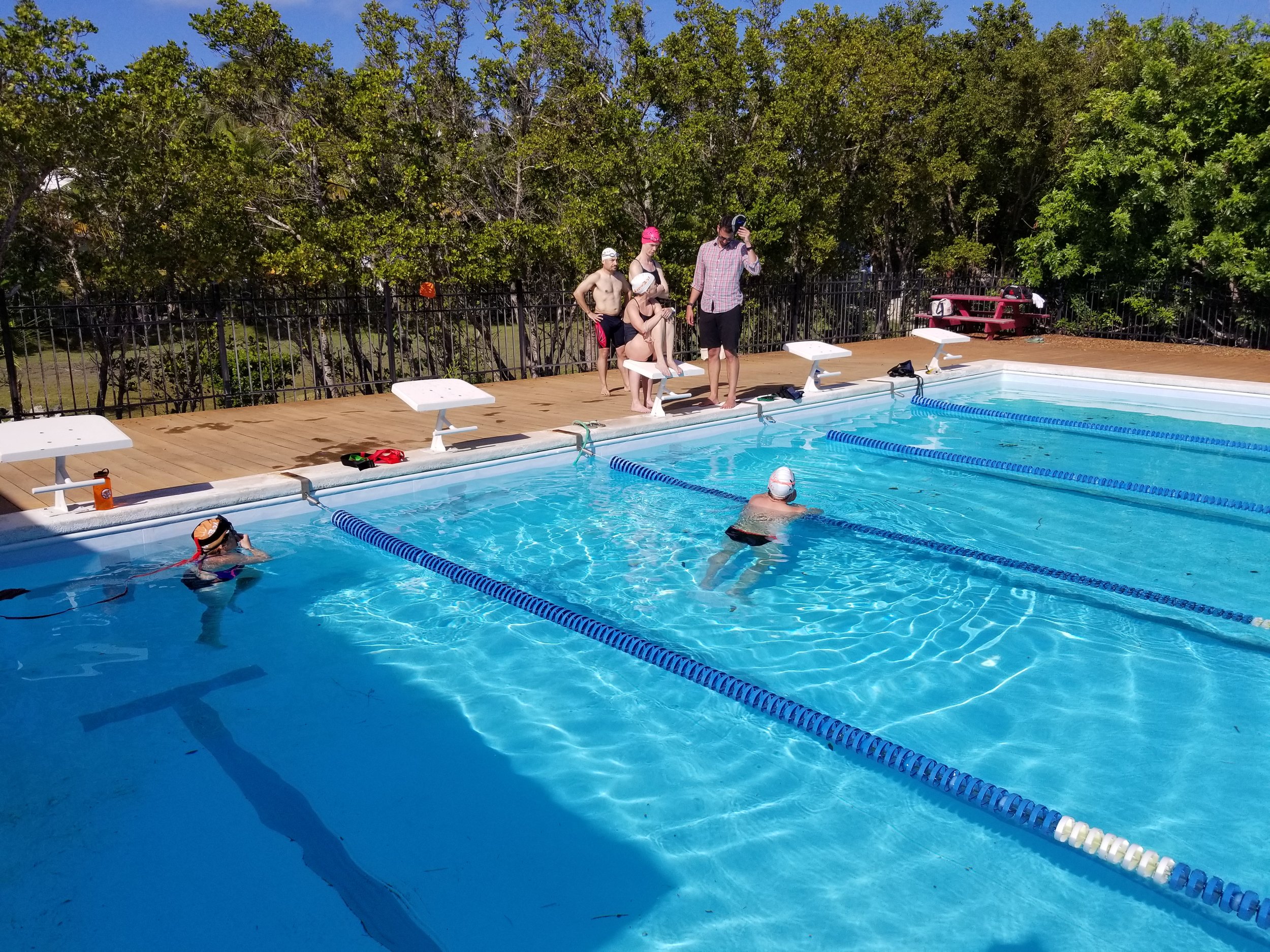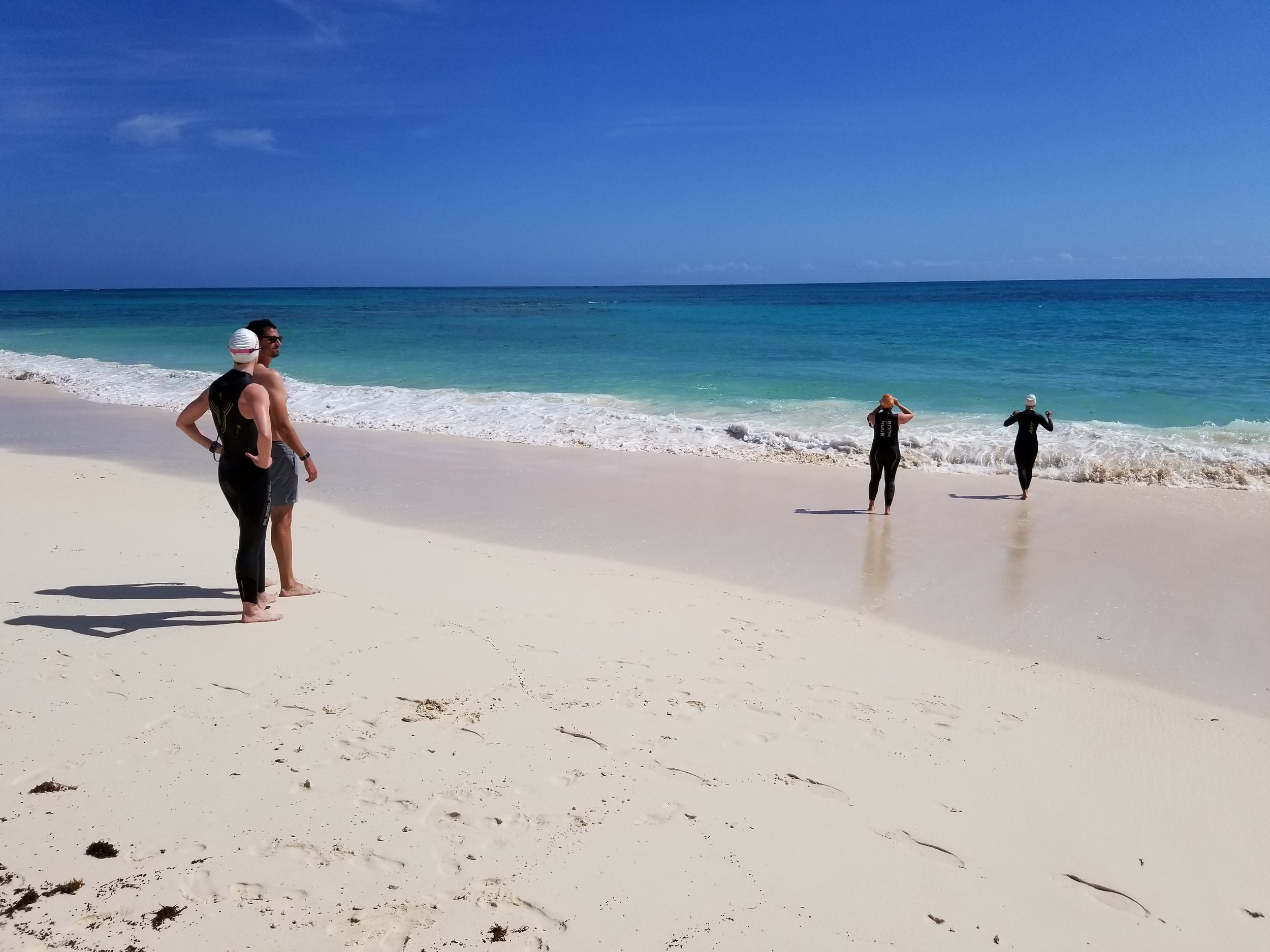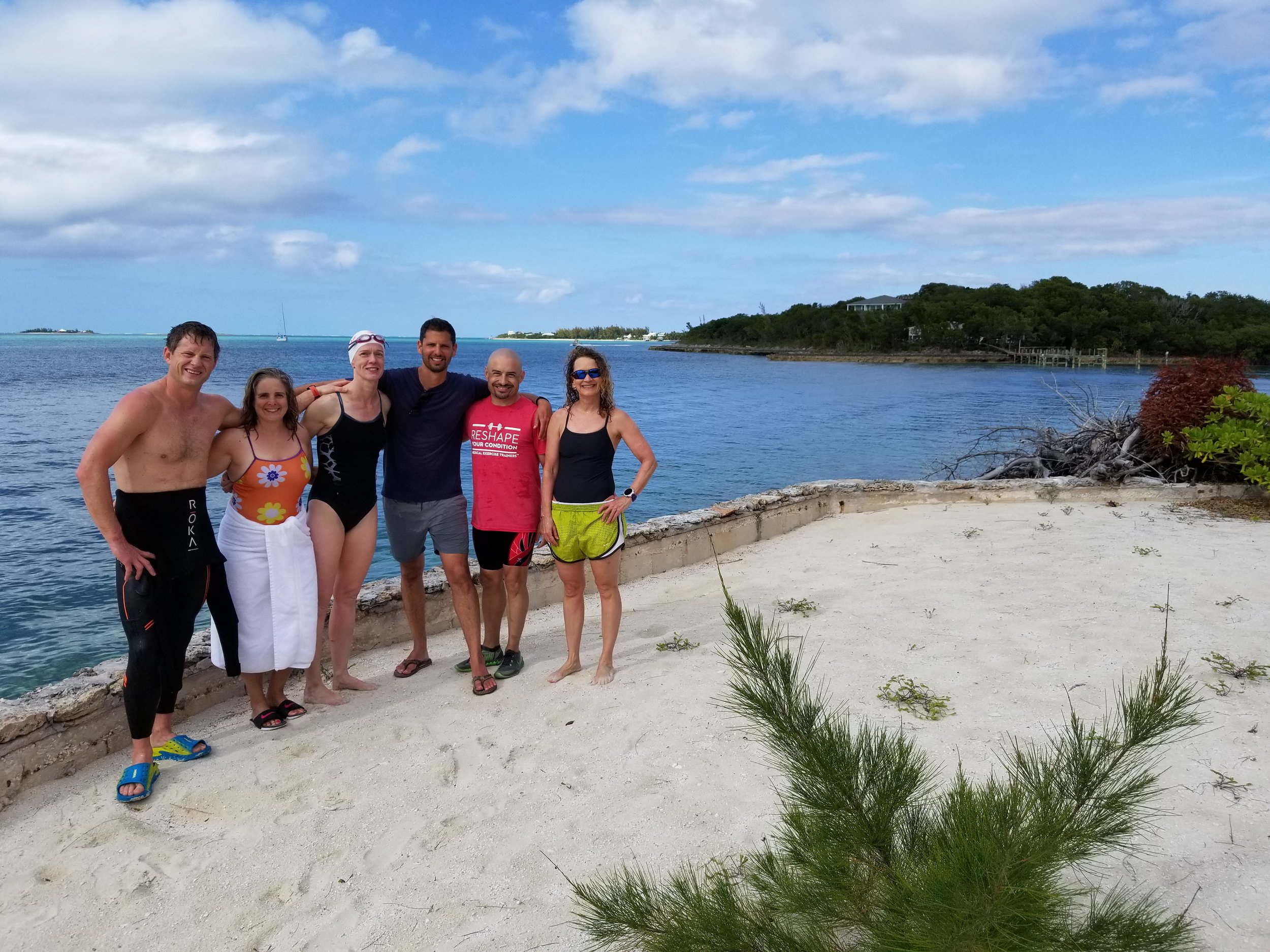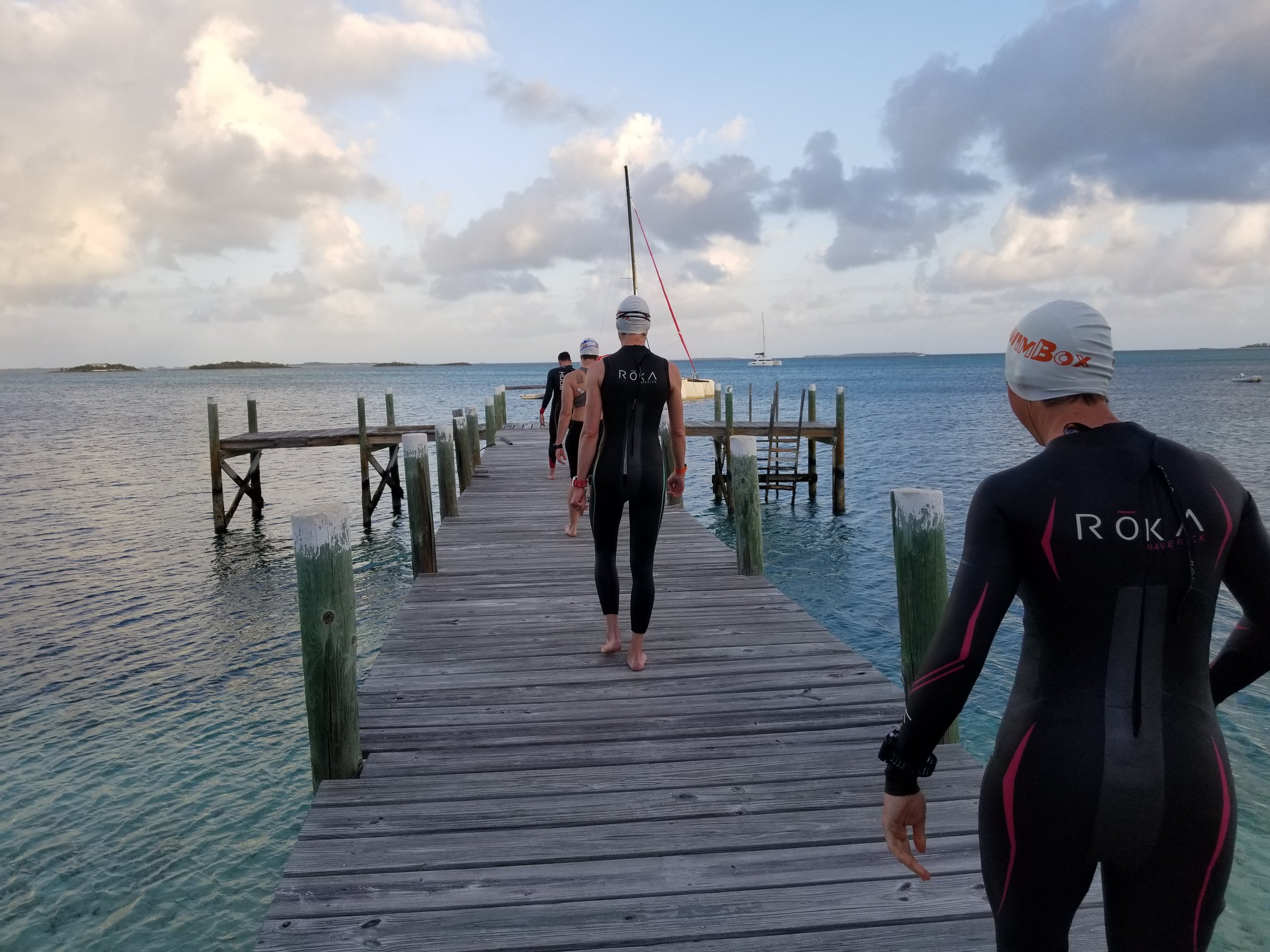Yesterday marked the first day in our SwimBox and Vasa Trainer lesson plan for athlete Katie Gage! Over the next few months we'll be working with both Katie and her friend/swim training partner Flaca Guerrero on their swim technique. During this project we'll be combining swim lessons, swim technique training, and Vasa Trainer SwimErg workouts to help improve their technique, strength, and overall performance in the water.
Katie started her first lesson off by jumping in the pool so we could see her swim. One of the keys to the swim lessons at SwimBox is checking our swimmers' starting point. Once we have that our instructor pinpoints the pros and cons of the swimmer's stroke, explains these to the swimmer, and then develops a lesson plan of where to begin and how we'll progress forward. So after our instructor Dan McGuire watched Katie swim he decided her catch was what needed to be worked on first. What did that mean? To the Vasa!
If you're not familiar with the Vasa Trainer the one we work with is their SwimErg. The SwimErg is a machine that allows you to focus on your technique while at the same time strengthening your endurance and power. Like a rowing erg, the SwimErg has an adjustable airflow system that simulates the resistance you feel while swimming in the water. It's really a great tool to help us break down swimming technique and focus on one aspect at a time. It's also a rare opportunity to be hands on in swimming, which can be extremely helpful when a swimmer is having trouble figuring out a new movement they need to make with their body.
With Katie on the SwimErg we spent the rest of her lesson explaining the movements behind a proper, and safe, catch position. When I refer to catch position here I'm talking about hand position as it enters the water, arm/elbow position as she catches and pulls through the water, and shoulder position/movement while pulling through the water to the finish of the stroke.
Quick tip? You want your shoulder blade to glide down your back towards your back pocket (imagine that you're wearing jeans while swimming, but don't actually try this...it's not fun). Keeping this movement allows your body to engage the proper muscles for your catch and pull, as well as prevents you from utilizing your shoulder joint to muscle through the water. Not only is the VASA a great tool to help us gain/work on proper swimming technique, but it gives us the perfect avenue to show you how to make the movements to stay injury free.
Now that Katie has a better grasp of the proper movements she needs to be making in her freestyle catch and pull, we gave her some workouts to do on the Vasa Trainer SwimErg she has at home. Stay tuned next week to read about Flaca's first lesson!


